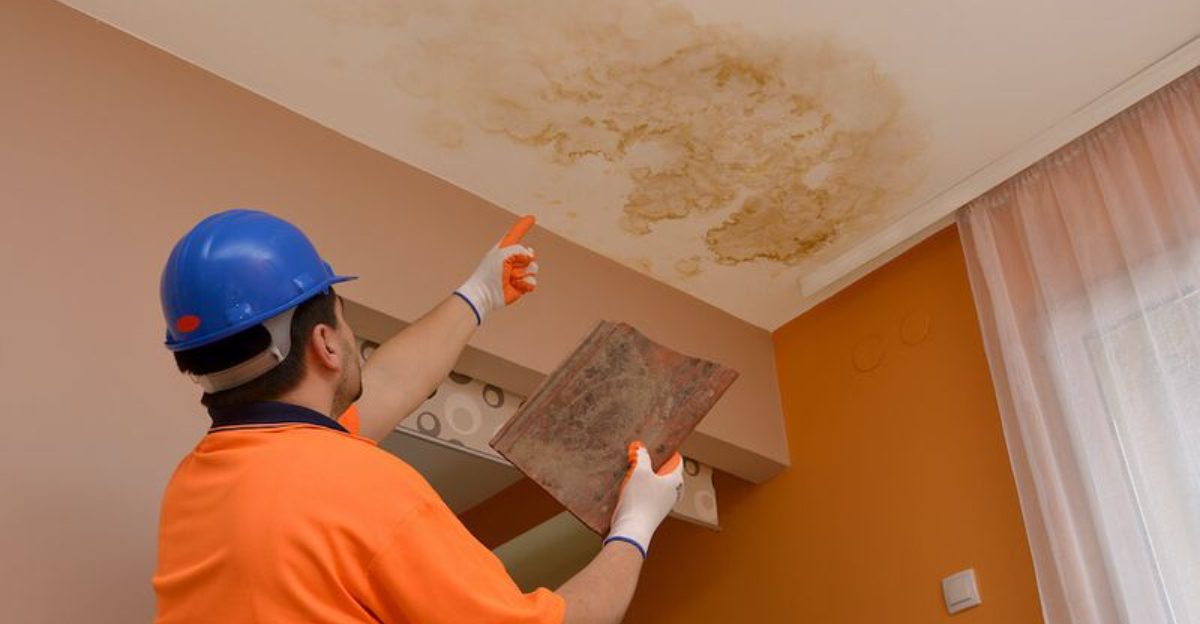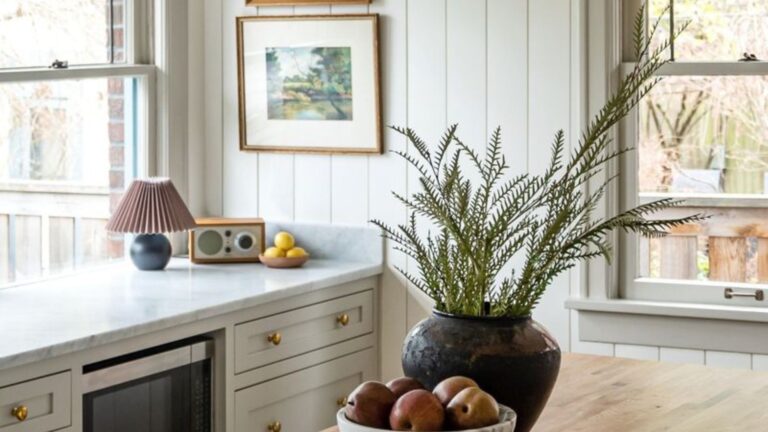17 Red Flags Home Buyers Notice First About Your House (Plus 5 Deal Breakers)
Selling your home can feel like a rollercoaster, I’ve been there. It’s easy to get attached to all the little quirks, but what we see as charming might actually make buyers hesitate.
If you’re about to list or wondering why no one’s biting, it might be time to take a fresh look through a buyer’s eyes. I learned the hard way that even small details can make or break that all-important first impression.
Luckily, a few easy tweaks can completely shift how your home is seen, and might just be the reason someone falls in love with it.
1. Unfinished Home Projects
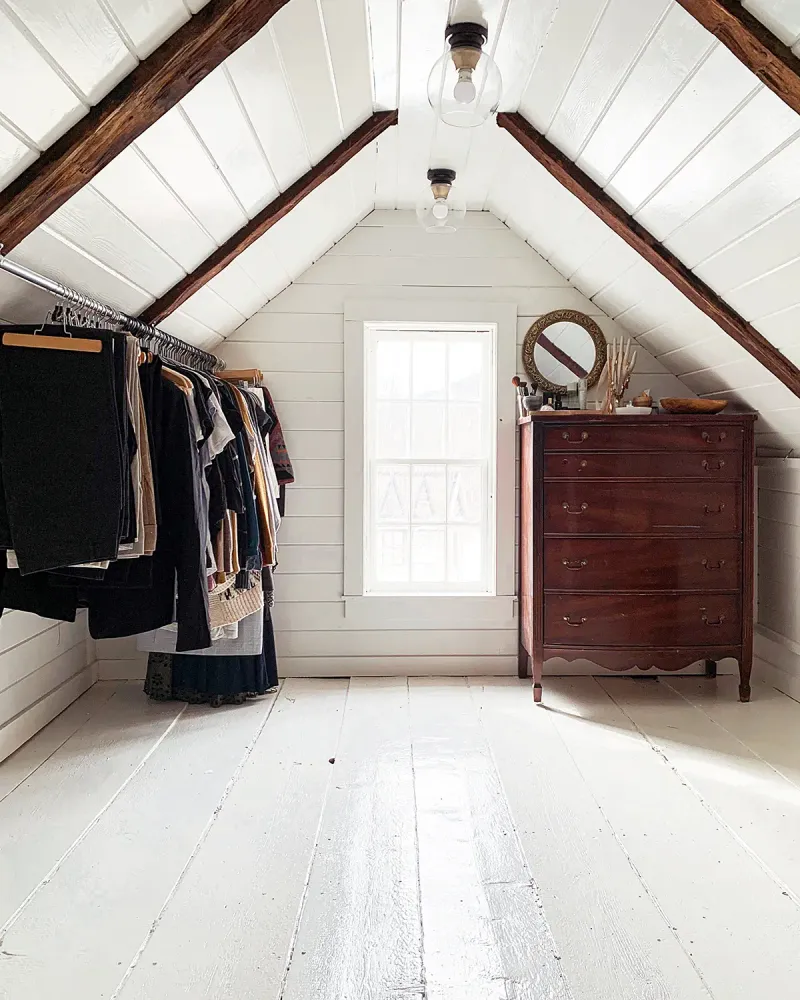
Nothing signals neglect more than unfinished home projects. Buyers see these as additional costs and hassle, which can be a significant deterrent.
Complete any pending renovations before listing the home. Even small efforts like finishing a paint job or tidying up remodeling debris can make a big difference.
A home that looks well-maintained and move-in ready is more appealing, allowing buyers to focus on the positive features rather than looming tasks.
2. Unkept Front Entrance
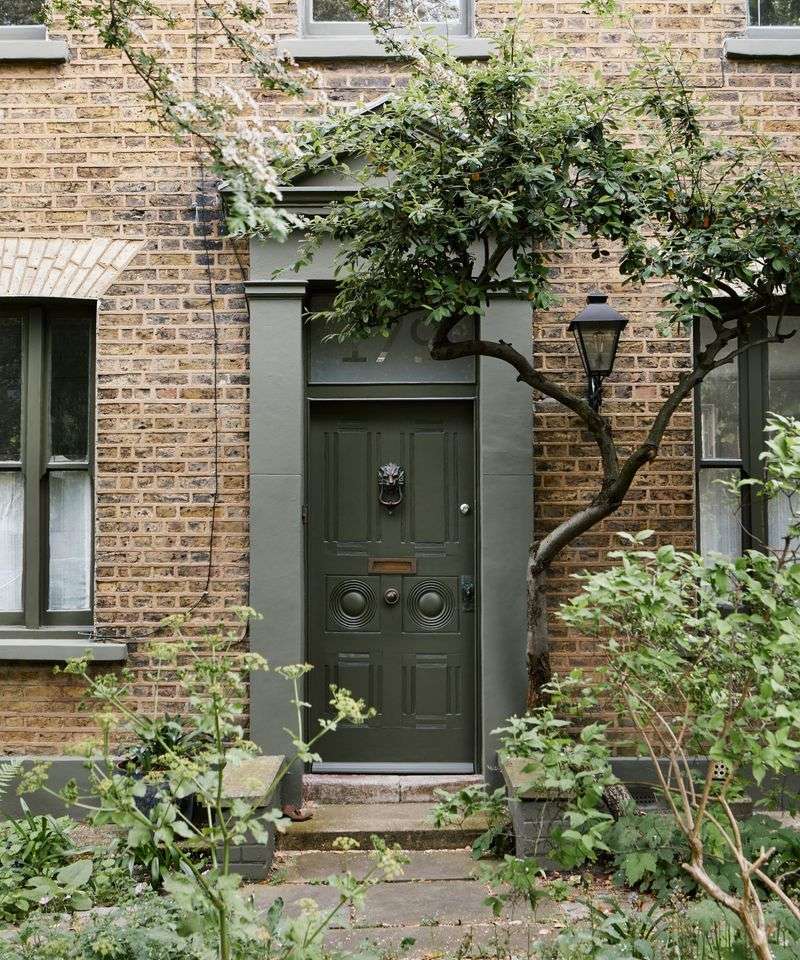
First impressions count, and an unkept front entrance can sour a buyer’s mood before they even step inside. A worn-out welcome mat, cluttered porch, or overgrown plants send a message of neglect.
Consider painting the front door a fresh, inviting color and adding potted plants. Small details like new house numbers or a cozy bench can create a welcoming atmosphere.
A clean, well-lit entrance says, “This house is cared for,” setting a positive tone for the tour inside.
3. Funky Odors

Nothing screams “run away” faster than a house that smells like last week’s fish dinner or Fido’s favorite corner. Pet odors, cigarette smoke, and musty basement smells can linger in carpets, drapes, and even walls.
Buyers often make snap judgments within seconds of entering. If your place smells funky, they’ll associate that stench with deeper problems – even if there aren’t any!
Try an enzyme cleaner for pet spots, replace carpets if necessary, and consider professional odor remediation for smoke damage.
4. Water Stains
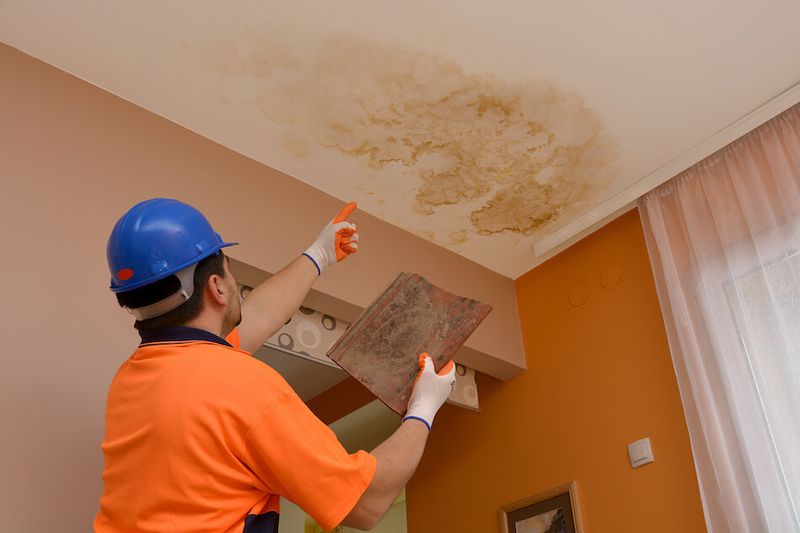
Those innocent-looking brown rings on your ceiling? They’re basically neon signs flashing “water damage” to eagle-eyed house hunters.
Water stains signal potential roof leaks, plumbing disasters, or moisture problems that could lead to mold. Though you might have fixed the original issue years ago, the stains remain as ghostly evidence that something once went wrong.
Smart buyers will immediately wonder what else might be lurking behind your walls or above your ceilings.
5. Dated Kitchens
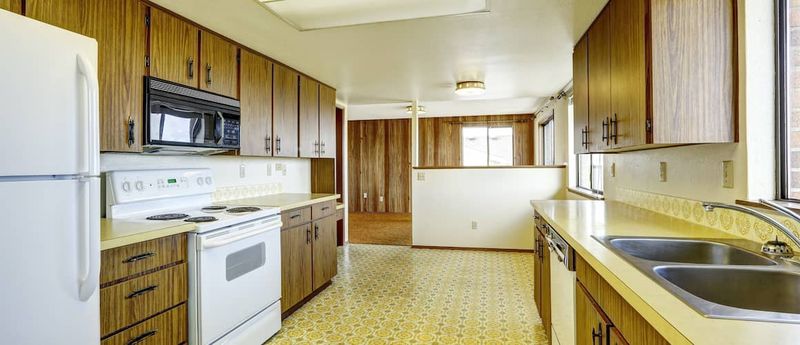
Where were you when avocado appliances and orange laminate countertops were all the rage? If your kitchen still showcases these vintage “treasures,” buyers are mentally calculating renovation costs before they’ve even opened your pantry.
Kitchens sell homes, period. When yours screams 1975 with oak cabinets and fluorescent box lighting, potential owners see dollar signs – and not in a good way!
Even budget-friendly updates like new hardware and a fresh coat of paint can work wonders.
6. Clutter That Suffocates Space
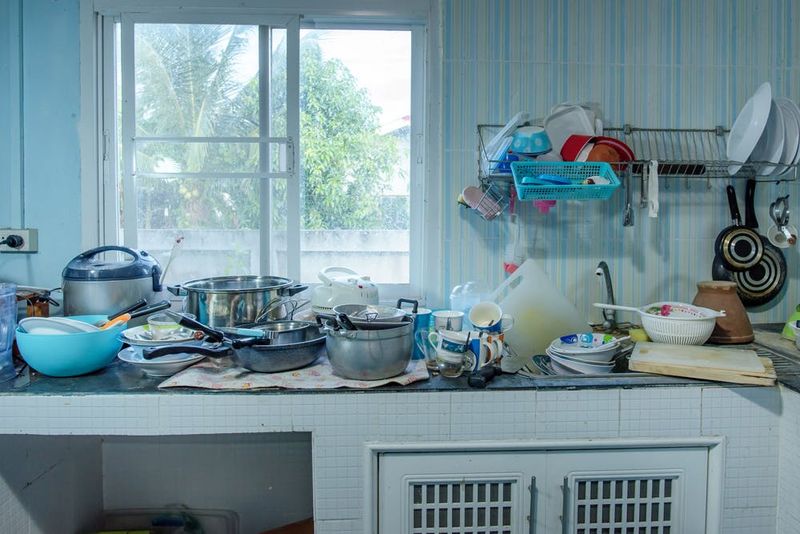
Your prized collection of ceramic frogs might bring you joy, but to buyers, it’s just visual noise. Cluttered homes feel smaller, darker, and less appealing – making it impossible for visitors to imagine their own stuff in the space.
When every surface is covered with knickknacks and every closet is bursting at the seams, buyers assume the home lacks storage.
Remember, you’re not just selling square footage; you’re selling the dream of an organized, peaceful lifestyle that seems impossible amid your mountain of belongings.
7. Carpet That’s Seen Better Decades
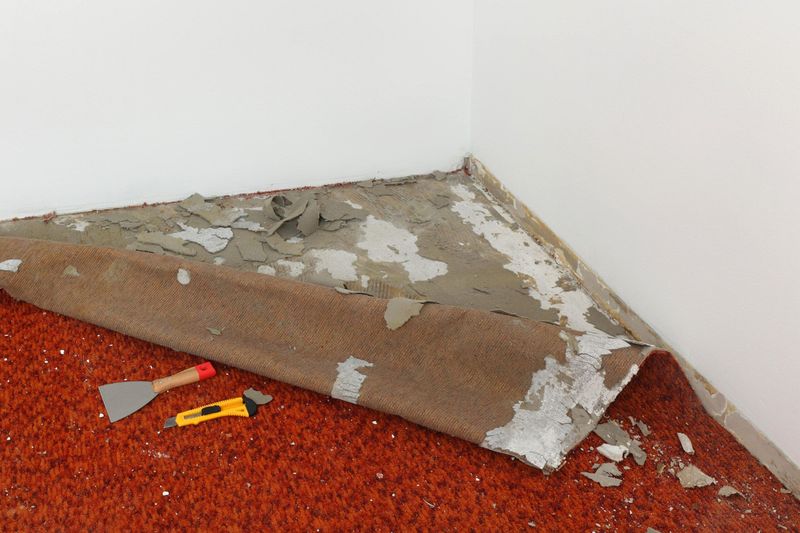
If your carpet has mysterious stains with backstories or has been flattened by a decade of foot traffic, buyers will run faster than you can say “discount flooring.” Worn, dated, or stained carpeting is a major eyesore that screams deferred maintenance.
Worse yet? Those 1980s wall-to-wall carpets in bathrooms or kitchens that make modern buyers shudder with visions of hidden mold and bacteria.
Carpets absorb odors, allergens, and memories of every spill – none of which appeal to people imagining their fresh start.
8. DIY Disasters
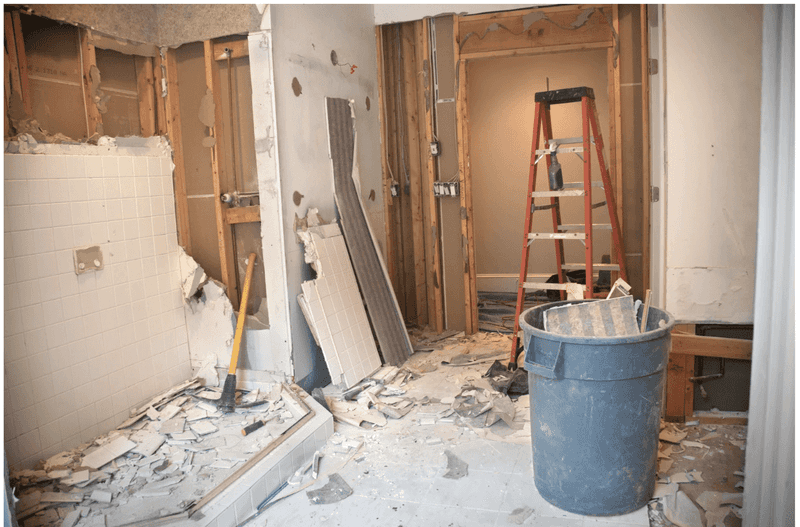
That weekend warrior project you were so proud of? It might be sending professionals running for the hills! Crooked tile work, uneven paint jobs, and electrical “innovations” that would make an inspector faint are huge red flags.
Buyers don’t just see the visible problems – they worry about what might be lurking behind walls where other DIY experiments happened.
Home improvement channels make projects look deceptively simple, but your wobbly deck railing tells buyers they’ll need to budget for fixing your fixes.
9. Bathrooms Stuck in a Bygone Era

Pink or blue toilets might have been the height of fashion in 1955, but today they’re just expensive replacements waiting to happen. Outdated bathrooms with cracked tiles, ancient fixtures, and moldy grout make buyers calculate renovation costs before they’ve even flushed.
Those shell-shaped sinks and gold-plated swan faucets aren’t “vintage charm” – they’re weekend projects that add thousands to a mental renovation budget.
Bathrooms and kitchens sell homes, and when yours looks like a museum exhibit, buyers see nothing but dollar signs and inconvenience.
10. Foundation Issues
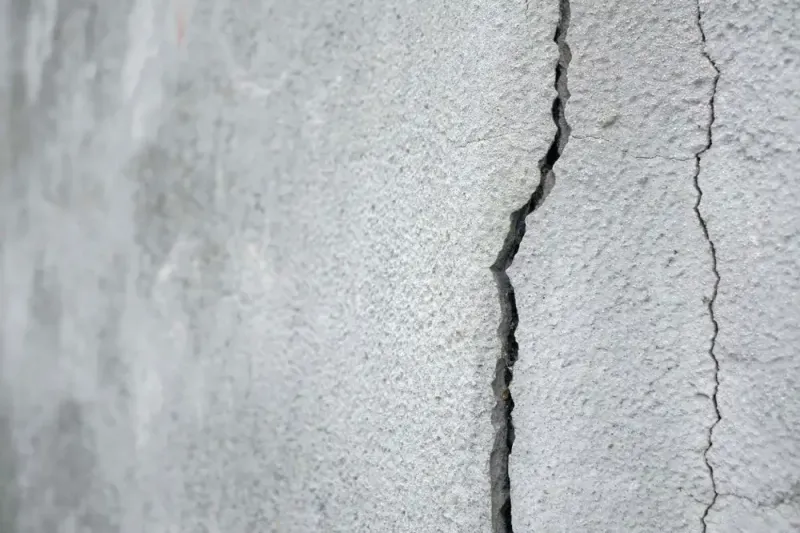
Those “hairline” cracks you’ve been ignoring might as well be grand canyons to potential buyers. Foundation problems rank among the scariest issues for home shoppers because they suggest structural nightmares and expensive repairs.
Sticking doors, sloping floors, and zigzagging cracks above doorframes aren’t quirky character features – they’re structural red flags that send buyers sprinting toward the exit.
Even minor foundation issues can crater your selling price or break deals entirely when inspection reports highlight them.
11. Overgrown Landscaping

First impressions happen at the curb, and if your yard looks like a jungle expedition, buyers won’t even want to trek to your front door. Overgrown shrubs, knee-high grass, and trees touching your roof signal neglect before anyone steps inside.
Beyond aesthetics, wild landscaping raises practical concerns about maintenance costs and potential damage to the foundation or roof.
Buyers also worry about what might be living in that urban wilderness – from snakes and rodents to ticks and mosquitoes that view your yard as prime real estate.
12. Popcorn Ceilings
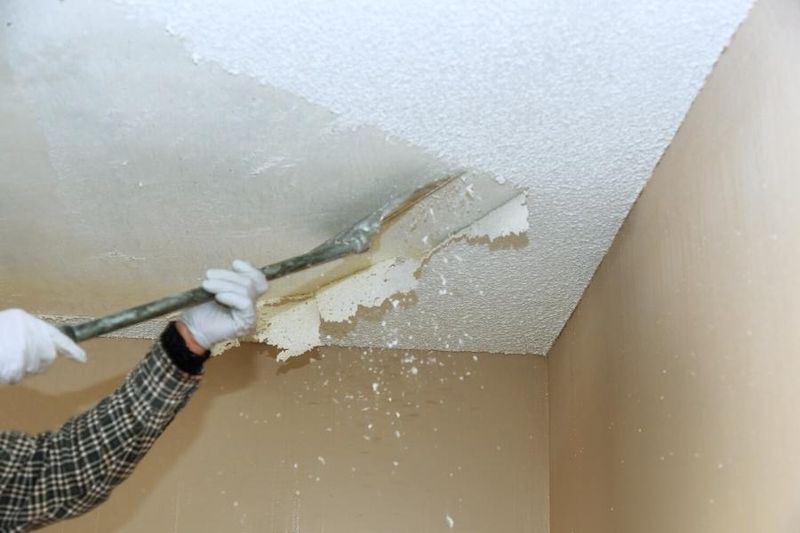
Those textured ceilings might have been groovy in 1978, but today they’re just dated dust collectors that scream “renovation needed!” Popcorn ceilings are the architectural equivalent of shoulder pads – firmly stuck in a bygone era and difficult to remove.
Worse yet, ceilings installed before the mid-80s might contain asbestos, adding health concerns to aesthetic ones.
Modern buyers crave clean lines and smooth surfaces, making your textured ceiling an immediate mental addition to their “things to remove” list.
13. Wallpaper
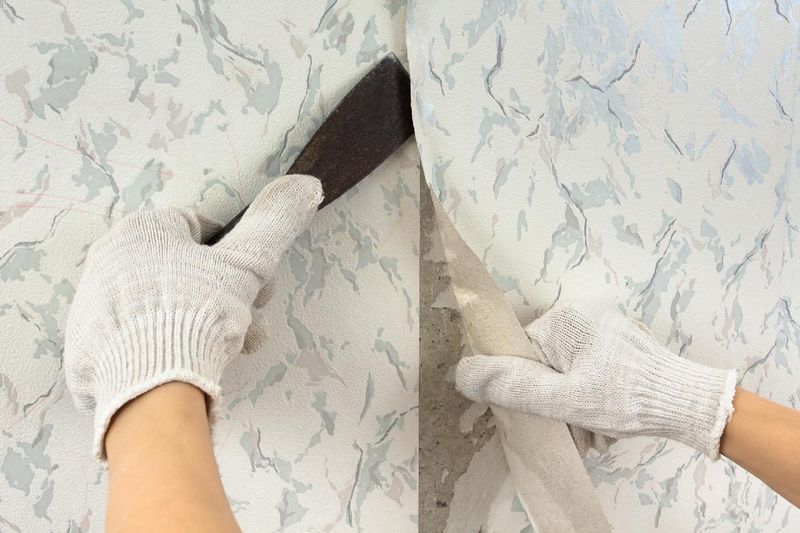
Your floral bathroom wallpaper might have sentimental value, but to buyers, it’s just hours of steaming, scraping, and cursing. Dated wallpaper – especially in bold patterns or multiple layers – is an immediate renovation project that few buyers want to tackle.
Those country geese, metallic stripes, or bathroom seashell motifs aren’t charming throwbacks – they’re time capsules buyers can’t wait to bury.
Even worse than visible wallpaper? The hidden nightmare of multiple layers that have been painted over, creating a removal project of epic proportions.
14. Neglected Swimming Pools

That backyard pool you rarely use has transformed from a selling feature into a murky liability. Green water, cracked concrete, and outdated equipment make buyers see dollar signs floating away.
Swimming pools already trigger maintenance concerns for many buyers. When yours looks neglected, those worries multiply faster than algae in August.
Safety issues like broken fences, outdated electrical systems, or crumbling decking aren’t just eyesores – they’re liability nightmares that can sink your sale faster than a cannonball splash.
15. Garages Converted Without Permits
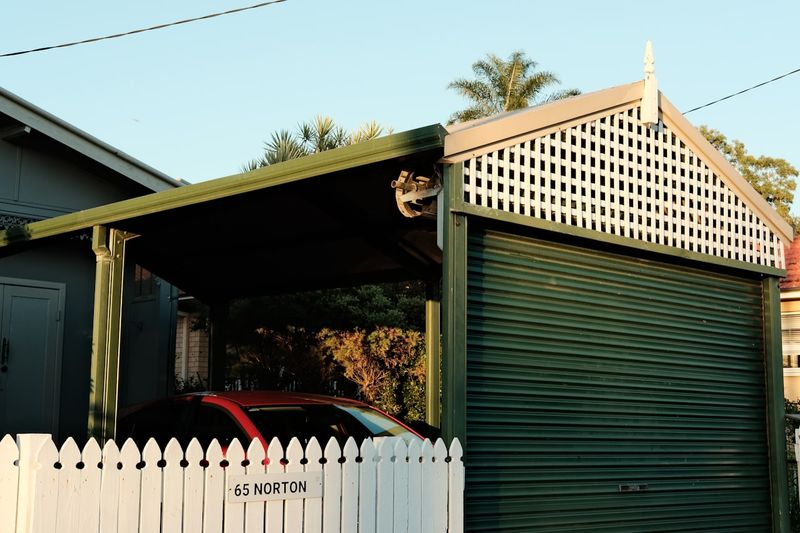
Converting your garage into a man cave or bonus room might have seemed brilliant until potential buyers ask about permits. Unpermitted conversions are major red flags that signal potential code violations, insurance problems, and future headaches.
Many families specifically want garage space for vehicles and storage. Your “bonus room” might actually be a bonus subtraction from your home’s value.
Lenders and insurers often balk at unpermitted work, potentially derailing sales even after buyers fall in love with your unauthorized addition.
16. Mismatched Flooring
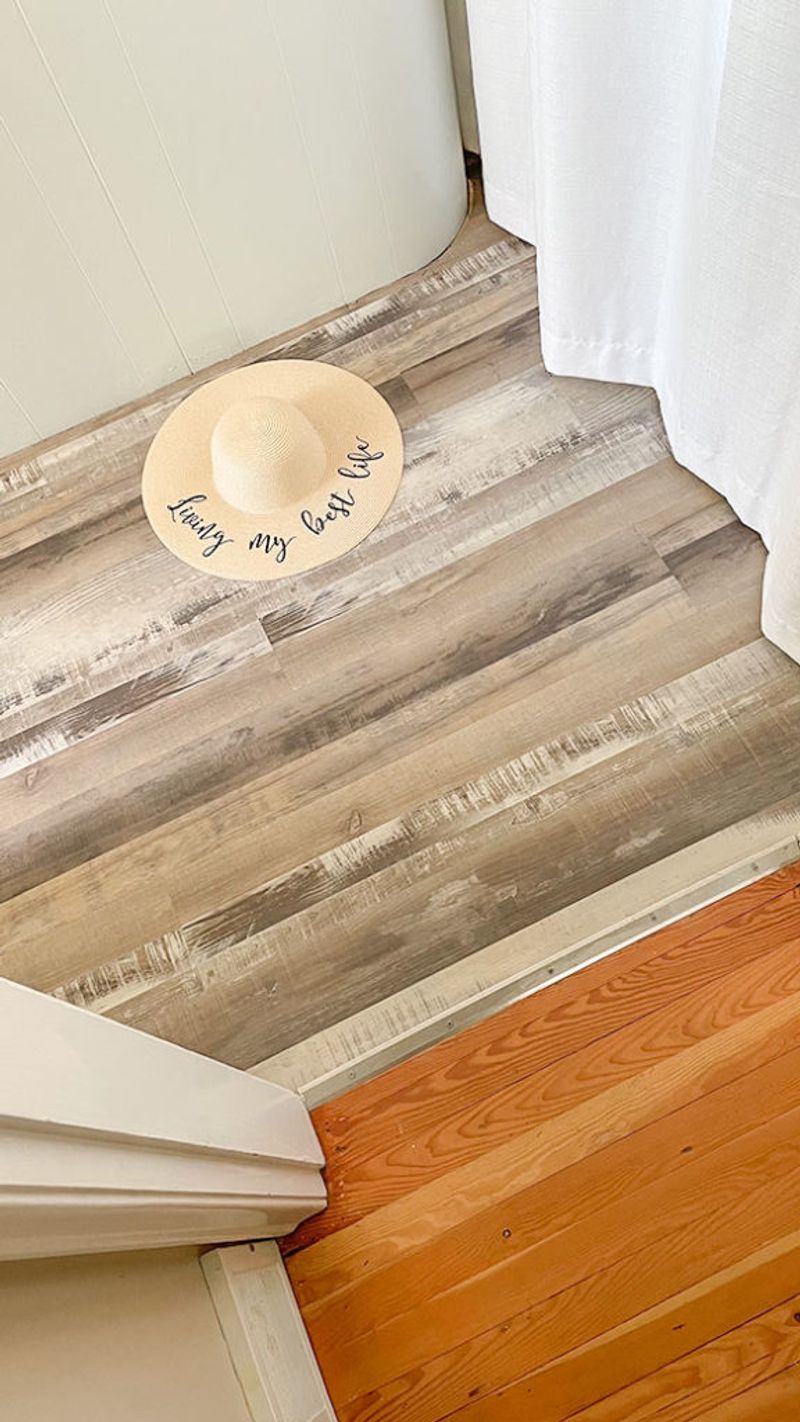
Your home’s flooring journey through the decades – from kitchen linoleum to living room laminate to bedroom carpet to bathroom tile – creates a disjointed feel that buyers notice immediately.
Floor transitions that change with every doorway make spaces feel chopped up and smaller. Mismatched flooring suggests piecemeal updates rather than cohesive maintenance.
Potential owners mentally calculate the cost of creating flow throughout the house, often overestimating expenses and underestimating their own tolerance for your vinyl-tile-hardwood-carpet patchwork.
17. Weird Room Configurations
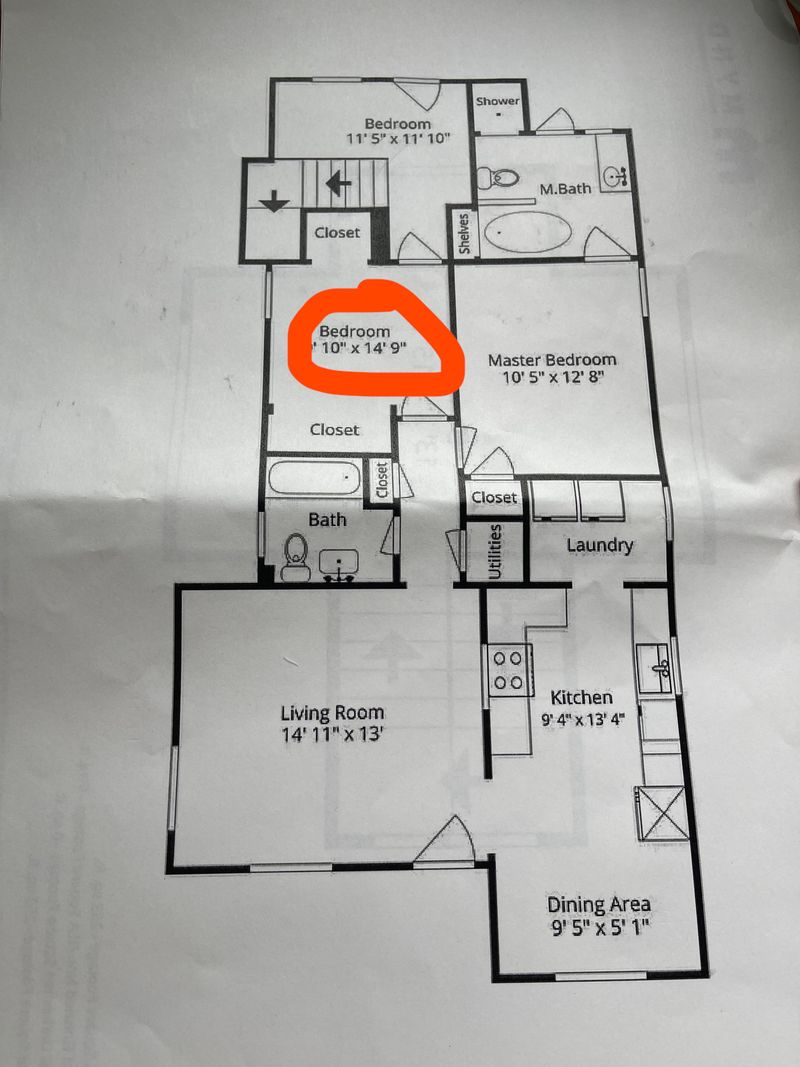
That bedroom you have to walk through to reach another bedroom? It’s not quirky – it’s a functional nightmare. Bizarre layouts, rooms with multiple doorways, or spaces with confusing purposes leave buyers scratching their heads instead of writing offers.
Unusual floor plans that might have made sense for your family become obstacles for others trying to envision their furniture and lifestyle in the space.
When buyers need a treasure map to navigate your home’s flow, they’re more likely to continue their house hunting journey elsewhere.
18. Outdated Electrical Systems
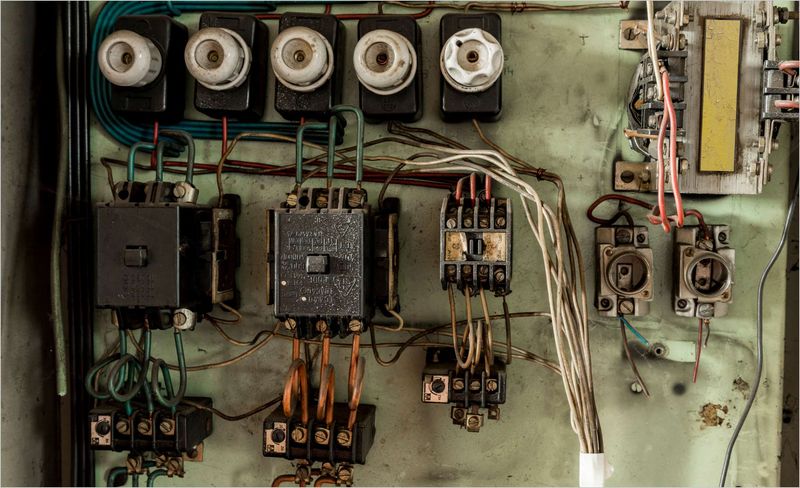
Knob-and-tube wiring and ancient fuse boxes aren’t vintage charm – they’re safety hazards that send savvy buyers running!
Outdated electrical systems struggle to handle modern appliances and electronics, making them both inconvenient and dangerous. Insurance companies often refuse coverage or charge premium rates for homes with outdated electrical systems.
Visible extension cords snaking throughout rooms, overloaded outlets, and flickering lights aren’t just annoying – they’re warning signs of a system crying for expensive upgrades that could prevent your sale from closing.
19. Mold And Mildew
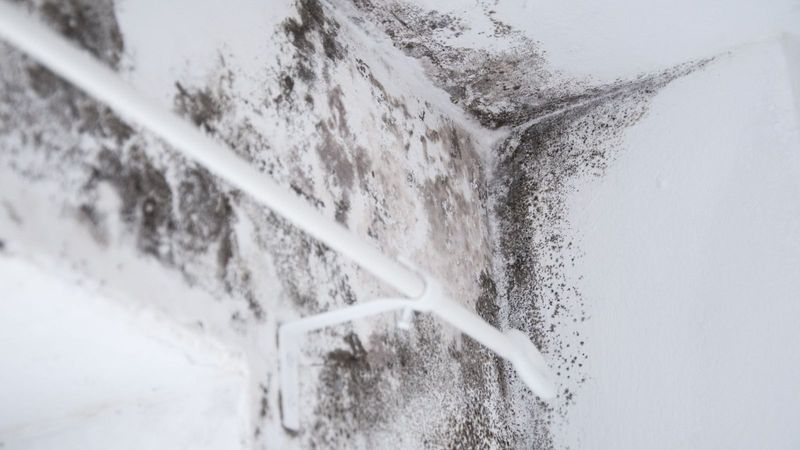
Those black spots in your bathroom are health concerns that can turn down deals instantly. Mold and mildew trigger both health worries and fears about underlying moisture problems that could be expensive to address.
Even small amounts of visible mold send buyers into worst-case-scenario thinking about what might be growing behind walls or under floors.
With increased awareness of indoor air quality, today’s buyers are more mold-conscious than ever, making these fungal visitors absolute deal-breakers for many house hunters.
20. Pest Problems
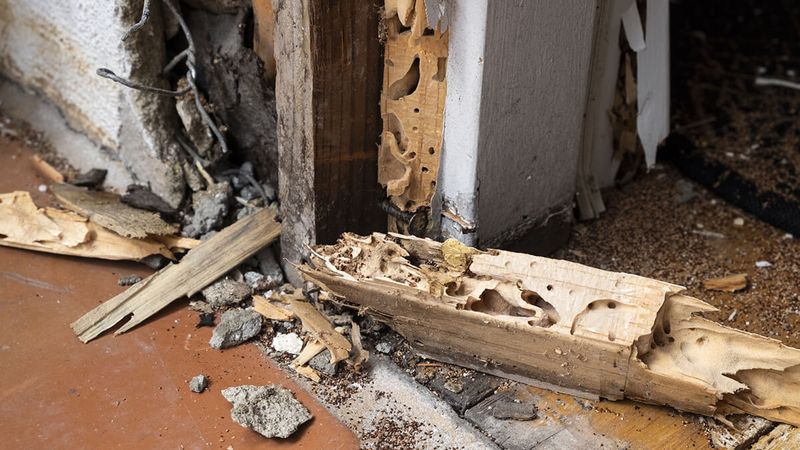
Nothing sends potential buyers scurrying faster than actual scurrying in your walls! Evidence of mice, roaches, termites, or other unwelcome critters creates immediate disgust and concerns about structural damage.
Termite damage particularly terrifies buyers, as these tiny destroyers can cause massive structural problems that aren’t always visible until it’s too late.
Even if you’ve addressed an infestation, leftover traps, droppings, or damage serve as haunting reminders that your home once hosted a pest party no one wanted an invitation to.
21. Roof Issues
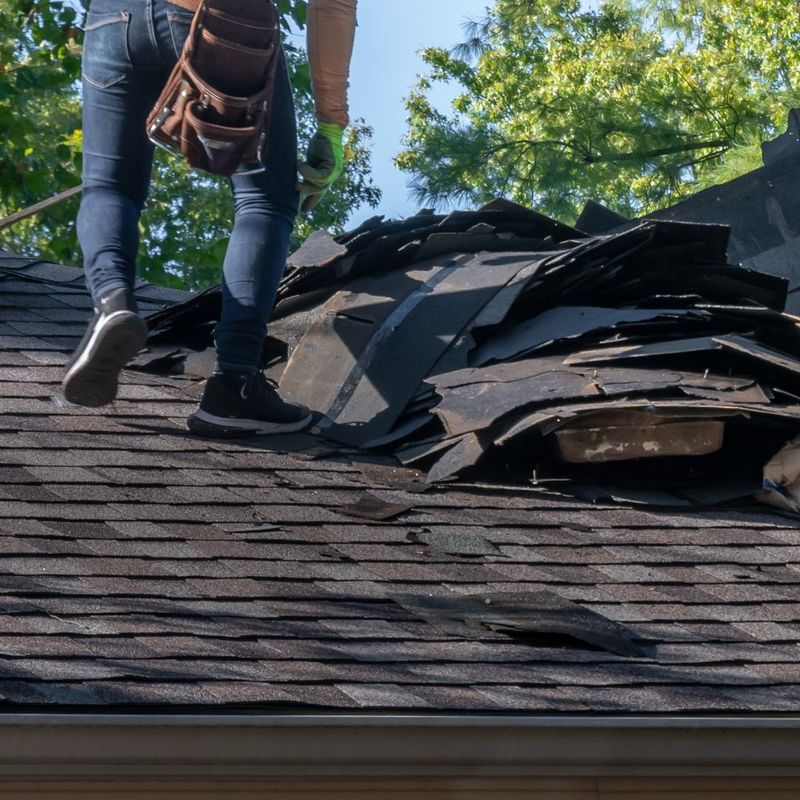
Missing shingles, sagging sections, and visible patches tell buyers your roof is on borrowed time. Roof problems strike fear into buyers’ hearts because they’re expensive to fix and can lead to catastrophic damage if ignored.
Even if your roof isn’t actively leaking, signs of wear make buyers nervous about how soon they’ll face a $10,000+ replacement bill.
Home inspectors scrutinize roofs carefully, meaning these issues can’t hide – and often become major negotiation points that can sink your selling price or derail your deal entirely.
22. Plumbing Problems
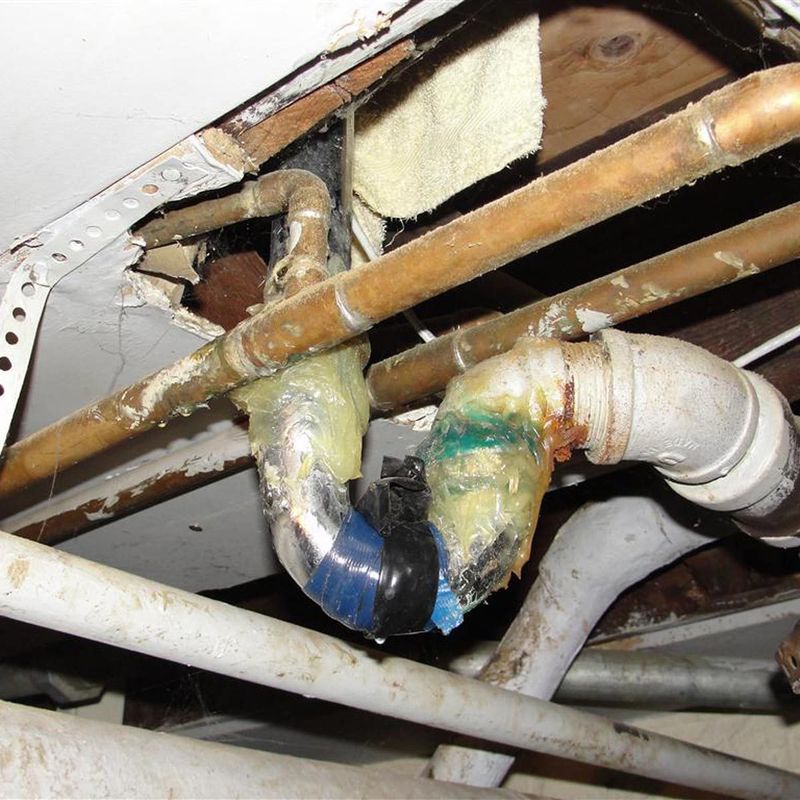
Low water pressure, slow drains, and toilets that need special jiggling techniques aren’t quirky features – they’re red flags waving frantically at potential buyers! Plumbing issues signal potential expensive repairs lurking behind walls or under foundations.
Visible pipe patches, water stains, or outdated materials like galvanized or polybutylene piping warn buyers about future headaches.
When faucets dribble instead of flow and showers take special knowledge to operate, buyers see inconvenience at best and budget-busting repairs at worst.

